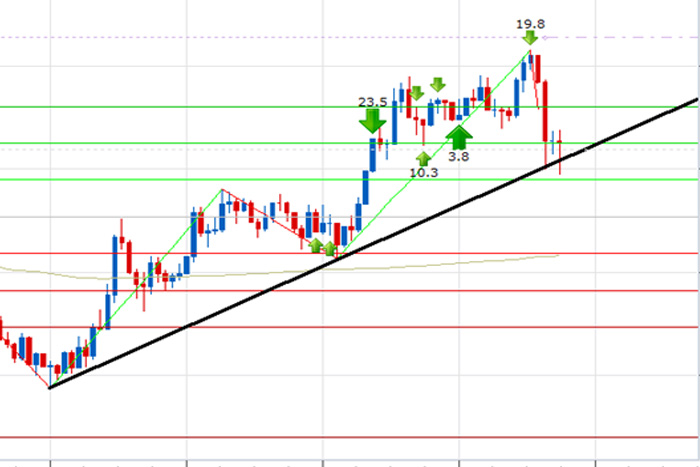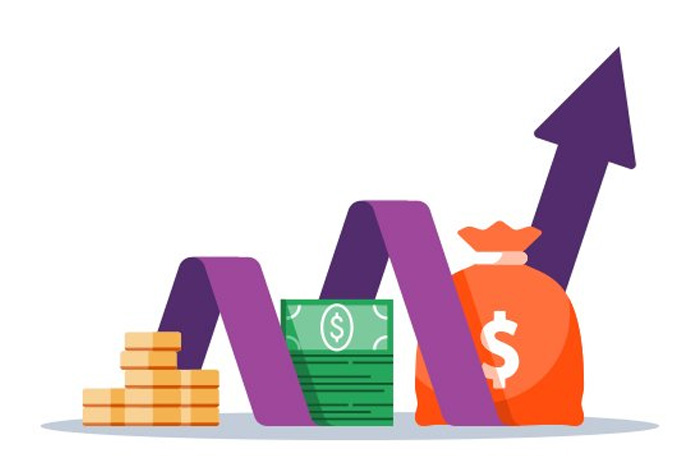- Call us: 011-71219787, +91 8527344453
- Email: helpdesk@uvapl.com
Scalping is a trading style that specializes in profiting off of small price changes and making a fast profit off reselling. In day trading, scalping is a term for a strategy to prioritize making high volumes off small profits.
Scalping requires a trader to have a strict exit strategy because one large loss could eliminate the many small gains the trader worked to obtain. Thus, having the right tools—such as a live feed, a direct-access broker, and the stamina to place many trades—is required for this strategy to be successful.
Read on to find out more about this strategy, the different types of scalping, and tips about how to use this style of trading.
KEY TAKEAWAYS
- Scalping is a trading style that specializes in profiting off of small price changes and making a fast profit off reselling.
- Scalping requires a trader to have a strict exit strategy because one large loss could eliminate the many small gains the trader worked to obtain.
- Having the right tools—such as a live feed, a direct-access broker, and the stamina to place many trades—is required for this strategy to be successful.
- A successful stock scalper will have a much higher ratio of winning trades versus losing ones, while keeping profits roughly equal or slightly bigger than losses.
- A pure scalper will make a number of trades each day—perhaps in the hundreds.
 |
Stock Scalping Works
Scalping is based on an assumption that most stocks will complete the first stage of a movement. But where it goes from there is uncertain. After that initial stage, some stocks cease to advance, while others continue advancing.
A discounter intends to take as many small profits as possible. This is the opposite of the "let your profits run" mindset, which attempts to optimize positive trading results by increasing the size of winning trades. This strategy achieves results by increasing the number of winners and sacrificing the size of the wins.
It's not uncommon for a trader with a longer time frame to achieve positive results by winning only half, or even less, of their trades–it's just that the wins are much bigger than the losses. A successful stock scalper, however, will have a much higher ratio of winning trades versus losing ones, while keeping profits roughly equal or slightly bigger than losses.


